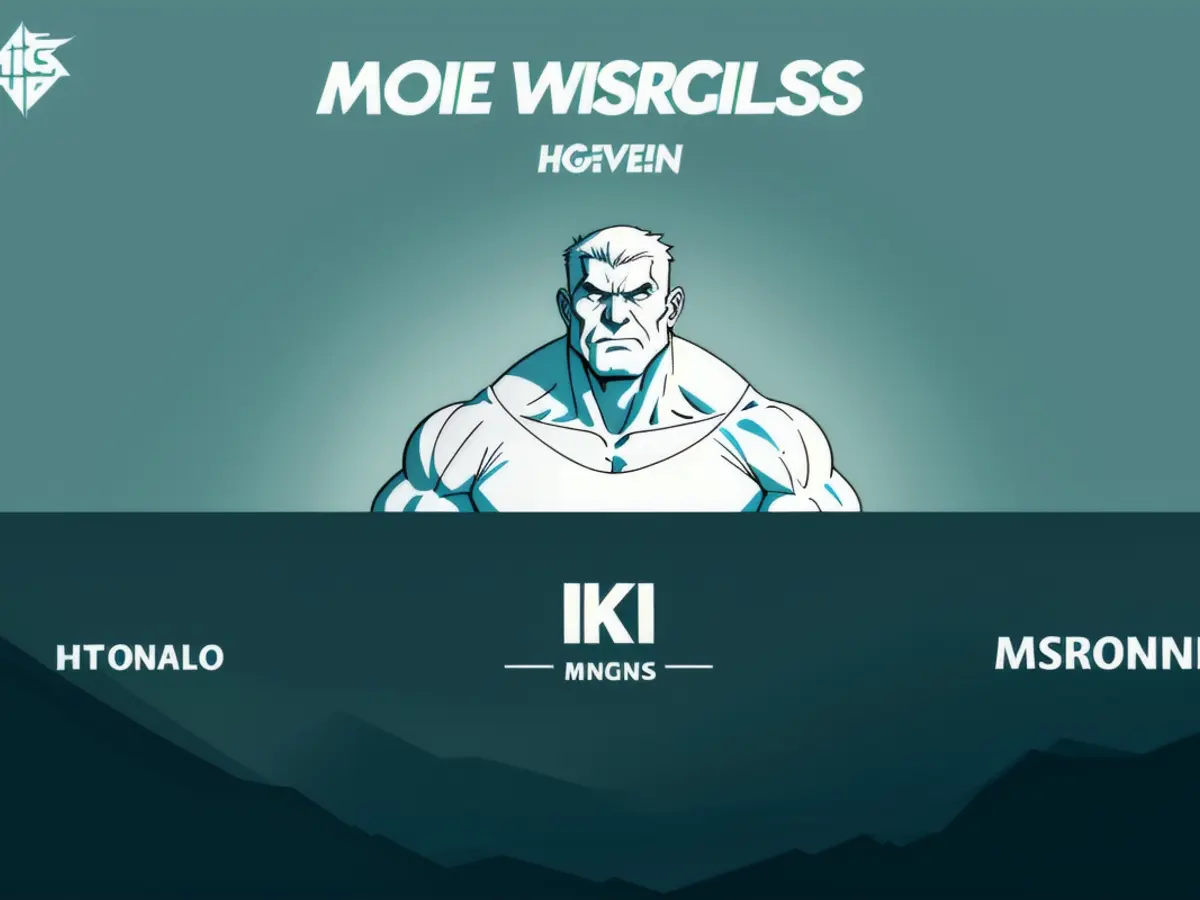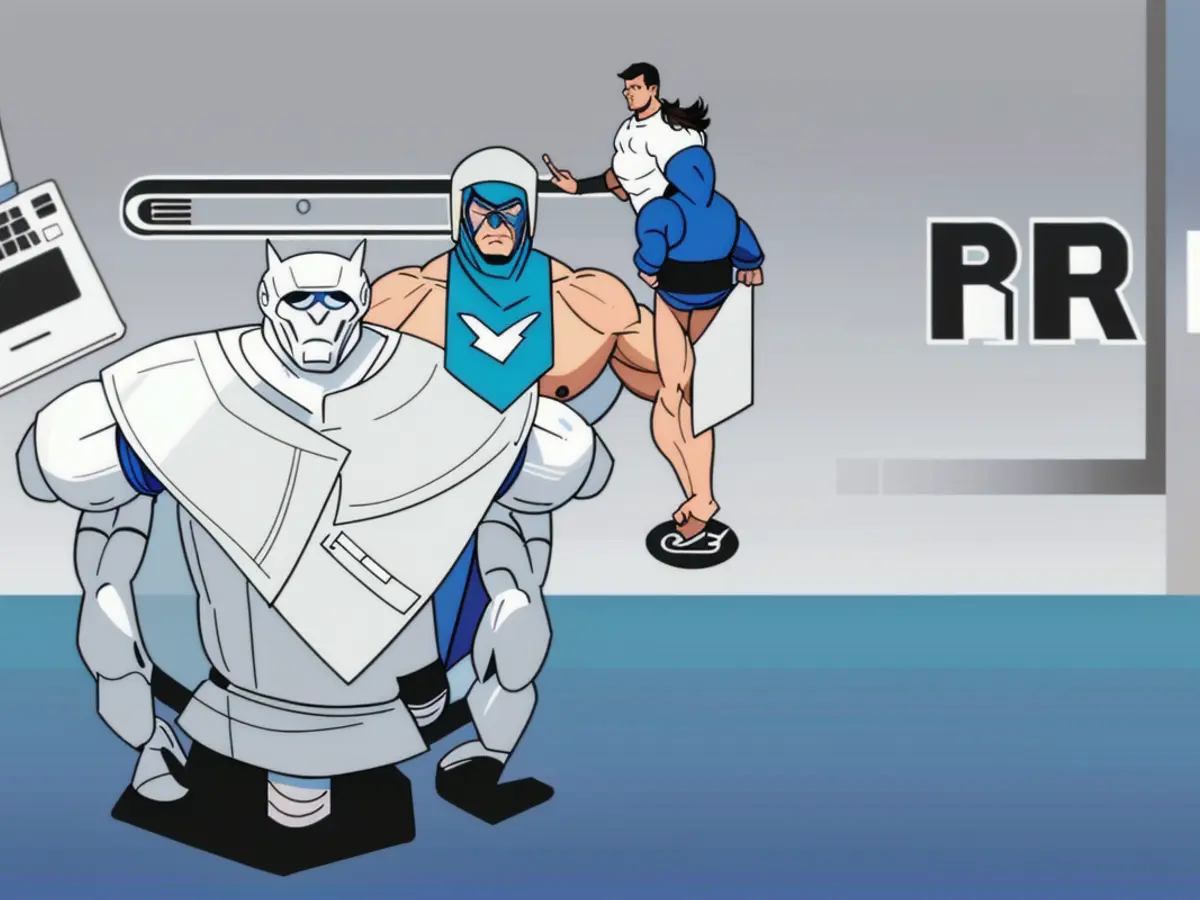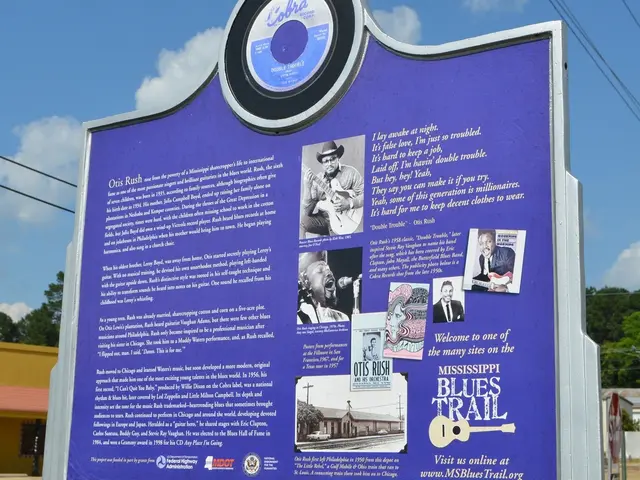Optimizing Resumes for the AI-Led Hiring Revolution Involves Strategies
Getting turned down by an AI bot in the job hunt is common these days, right? Even when a human doesn't even lay eyes on your resume! In today's job market, having a top-notch resume and impressive experience isn't enough; you need to impress an AI bot first. Your dream job may hinge on whether your resume's keywords and formatting meet the bot's standards. So, the next time a recruiter ghosts you, remember it's not personal; it's just a bot doing its thing.
Business students often start their job hunt early, focusing on incorporating essential keywords from their courses to align their resumes with recruiters and AI systems' expectations. However, many overlook the rising importance of soft skills like communication, problem-solving, and adaptability, which are highly valued by employers. To stand out, students should go beyond keyword optimization and actively showcase these skills in their resumes and profiles. You can do this by highlighting instances of teamwork, leadership, and critical thinking, ensuring they're not just AI-friendly but also human-ready.
AI bots are great at scanning resumes, but they fall short when it comes to evaluating creativity, emotional intelligence, or teamwork abilities. While a bot might tout your resume as a "perfect fit," it's your interpersonal skills that will ultimately land you the job. So, while the AI scrutinizes your keywords, don't forget to display the human side of your professional story to recruiters. They're the ones making the hire.
Job Scanning and Applications
According to Jobscan, approximately 75% of large companies, including 99% of Fortune 500 companies, use Applicant Tracking Systems (ATS) to filter job applications. This means that even highly qualified candidates can slip through the cracks if their resumes don't align with ATS algorithms. To avoid getting overlooked, job seekers must tailor their resumes to match the keywords, structure, and language that ATS are programmed to identify, boosting their chances of passing the AI filter and reaching human recruiters.

As the job market becomes more AI-driven, understanding how to manipulate Applicant Tracking Systems (ATS) has become vital for job seekers. With resumes often serving as the first point of contact with employers, ATS software plays a significant role in screening applications before they reach human recruiters. To emerge victorious from these systems, candidates need to tailor their resumes using suitable keywords, simple formatting, and standard job titles. The goal is to align your qualifications with each job's specific requirements while ensuring your resume is both AI- and human-friendly.
As educators working closely with students entering the job market, we've seen firsthand the importance of understanding the evolving landscape of hiring, particularly with the increasing reliance on AI and ATS. While many candidates focus on fitting their resumes to traditional expectations, now they must also consider how these systems screen their applications. A well-crafted resume isn't enough; it must be optimized for AI to even have a shot at being noticed by human recruiters.
Diane Hamilton's article, "Getting Your Resume Past AI Screening," offers a comprehensive breakdown of how job seekers can optimize their resumes for ATS. She discusses the significance of using industry-specific terms and keeping your experience clear to avoid getting lost in the ATS filter. In another article, "Ensuring You're Not Just Another Resume in the Pile," Hamilton highlights the importance of showcasing both hard and soft skills. She explains how soft skills, like adaptability and communication, can make a difference when recruiters review resumes after ATS has filtered them. These insights are essential for anyone aiming to improve their chances in an AI-driven job market. As educators continue advising students, we must provide critical insights into navigating the AI-driven hiring process and setting themselves up for success.
Hard Skills vs. Soft Skills

In today's hiring landscape, soft skills and technical abilities are holding equal weight. According to LinkedIn data from Carolyn Crist in 2020-2023, employees who showcased both hard and soft skills on their profiles got promoted 8% faster than those who focused only on hard skills. Crist emphasizes the importance of prioritizing these essential interpersonal qualities in upskilling initiatives and the hiring process to help employees stand out and succeed.
As educators, we have a unique opportunity to shape the future workforce by preparing students not only with technical expertise but also with the soft skills that are increasingly crucial in today's job market. While hard skills remain vital, soft skills like problem-solving, decision-making, and communication are becoming equally significant for career advancement. This emphasizes the need for educators to emphasize the development of interpersonal qualities alongside technical knowledge.
Soft skill development can be achieved through practical exercises, real-world scenarios, and collaborative projects that encourage teamwork, communication, and critical thinking. Offering workshops or inviting industry professionals to share their insights on soft skills like adaptability and emotional intelligence amplifies students' interpersonal skills further. As we guide students, we must provide critical insights into navigating the AI-driven hiring process and positioning themselves for career growth.
It's crucial to consider the integration of soft skills into educational programs, given the growing influence of AI and automation in the job market. As technology progresses, more technical tasks are being automated, emphasizing the necessity for individuals to stand out through their human attributes. Soft skills such as creativity, understanding, leadership, and adaptability are areas where AI struggles to excel. By instilling these traits, we aid students in flourishing in tech-driven environments, managing teams, making tactical decisions, and communicating effectively – skills that machines cannot mimic.

This summer, JPMorgan Chase revealed that all their new hires will receive training in artificial intelligence. The organization claims that this move will enable employees to shed redundant tasks, enhancing both productivity and revenue.
The Art of Balancing Tech Knowledge and Human Interaction
Educators hold the responsibility and chance to bestow upon students the broad skillset needed to succeed in an ever-intricate job market. By merging technical proficiency with vital soft skills, we guarantee that graduates are well-prepared not only for their initial field requirements but also for long-term career advancement. Furthermore, a research publication in the International Journal of Computer Science and Education indicated that students view soft skills as highly crucial for both their education and future careers. This finding suggests that integrating soft skills into educational programs aligns with students' career aspirations and enhances their employability.
The future workforce will require professionals who can adapt to change, communicate effectively, and overcome obstacles with creativity and determination. By placing equal emphasis on both hard and soft skills in our educational programs, we empower students to lead in a dynamic environment, ultimately shaping leaders who will foster innovation, collaboration, and progress in their industries.
So, the next time you lament, "I was rejected by an AI bot!" bear in mind—it's all about balance. Combine your tech abilities with soft skills like interpersonal communication and problem-solving to captivate the AI's attention and impress human recruiters. AI paves the way, but it's your blend of talent and personality that secures the job.
- Incorporating soft skills like communication, problem-solving, and adaptability into resumes is crucial for business students looking to stand out in the AI-driven hiring process.
- To impress AI-driven hiring systems and reach human recruiters, job seekers must tailor their resumes to meet the keywords, structure, and language expectations of Applicant Tracking Systems (ATS).
- While AI-driven ATS may be great at scanning resumes and identifying keywords, they fall short in evaluating soft skills, making it essential for job seekers to highlight their human side to recruiters.
- Understanding how to optimize resumes for AI-driven hiring processes has become vital for job seekers as 75% of large companies and 99% of Fortune 500 companies use ATS for filtering job applications.
- Soft skills like creativity, understanding, leadership, and adaptability are areas where AI struggles to excel, making them crucial for individuals looking to stand out in a tech-driven job market.







